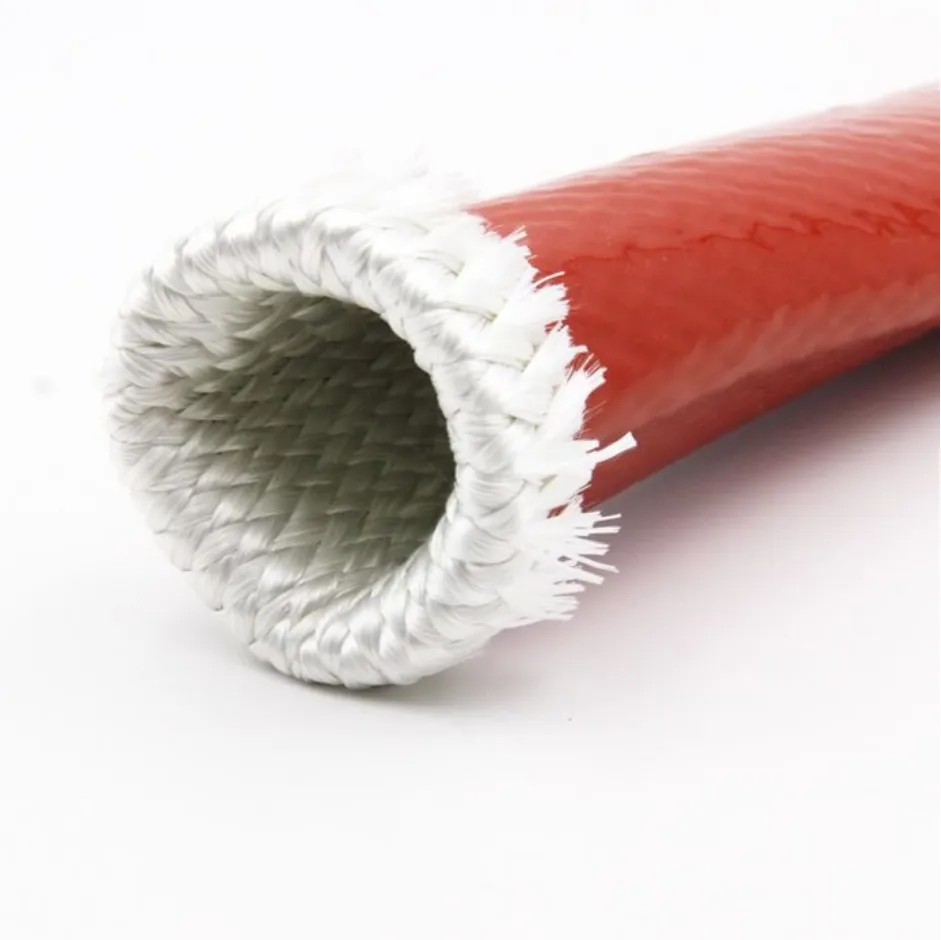
- Afrikaans
- Albanian
- Amharic
- Arabic
- Armenian
- Azerbaijani
- Basque
- Belarusian
- Bengali
- Bosnian
- Bulgarian
- Catalan
- Cebuano
- Corsican
- Croatian
- Czech
- Danish
- Dutch
- English
- Esperanto
- Estonian
- Finnish
- French
- Frisian
- Galician
- Georgian
- German
- Greek
- Gujarati
- haitian_creole
- hausa
- hawaiian
- Hebrew
- Hindi
- Miao
- Hungarian
- Icelandic
- igbo
- Indonesian
- irish
- Italian
- Japanese
- Javanese
- Kannada
- kazakh
- Khmer
- Rwandese
- Korean
- Kurdish
- Kyrgyz
- Lao
- Latin
- Latvian
- Lithuanian
- Luxembourgish
- Macedonian
- Malgashi
- Malay
- Malayalam
- Maltese
- Maori
- Marathi
- Mongolian
- Myanmar
- Nepali
- Norwegian
- Norwegian
- Occitan
- Pashto
- Persian
- Polish
- Portuguese
- Punjabi
- Romanian
- Russian
- Samoan
- scottish-gaelic
- Serbian
- Sesotho
- Shona
- Sindhi
- Sinhala
- Slovak
- Slovenian
- Somali
- Spanish
- Sundanese
- Swahili
- Swedish
- Tagalog
- Tajik
- Tamil
- Tatar
- Telugu
- Thai
- Turkish
- Turkmen
- Ukrainian
- Urdu
- Uighur
- Uzbek
- Vietnamese
- Welsh
- Bantu
- Yiddish
- Yoruba
- Zulu

dec. . 04, 2024 09:09 Back to list
what are the 4 types of hydraulic hoses
The Four Types of Hydraulic Hoses
Hydraulic hoses are crucial components in various industrial applications, acting as conduits for fluids and ensuring the smooth operation of hydraulic systems. Understanding the different types of hydraulic hoses can help engineers and technicians choose the right hoses for specific applications, enhancing performance and safety. Here, we delve into the four main types of hydraulic hoses standard hydraulic hoses, low-pressure hoses, high-pressure hoses, and suction hoses.
1. Standard Hydraulic Hoses
Standard hydraulic hoses are the most common type used across various industries. They are designed to handle a wide range of hydraulic fluids at moderate pressures, typically below 3,000 psi. Constructed with a rubber outer layer, a reinforcing layer (often steel or polyester), and an inner lining that is compatible with fluids, these hoses provide durability and flexibility.
One key feature of standard hydraulic hoses is their resistance to abrasion and environmental damage, making them suitable for applications in agriculture, construction, and manufacturing. These hoses are versatile and can accommodate different types of hydraulic fluids, including oil and water-based fluids. Their adaptability and reliability make them a staple in hydraulic systems.
2. Low-Pressure Hoses
Low-pressure hydraulic hoses, as the name suggests, are designed for applications involving lower pressure levels, generally below 1,000 psi. These hoses are typically used in applications where the risk of bursts or leaks is minimal, such as in fluid transfer systems in agricultural equipment or in some automotive applications.
Low-pressure hoses are often lighter and more flexible than their high-pressure counterparts, making them easier to handle and install. The construction of low-pressure hoses usually includes a single layer of fabric or textile reinforcement, as the operational demands do not require additional layers for strength. However, despite their lower pressure rating, these hoses are still built to withstand varying temperatures and environmental conditions.
what are the 4 types of hydraulic hoses

3. High-Pressure Hoses
High-pressure hydraulic hoses are engineered to withstand significantly greater pressures, typically ranging from 3,000 psi to 10,000 psi or more. These hoses are essential in industrial applications such as construction equipment, mining machinery, and hydraulic presses. The construction of high-pressure hoses includes multiple layers of reinforcement, which often consists of steel wire braiding or spiraling.
These robust structures allow high-pressure hoses to handle the demands of heavy-duty applications while maintaining flexibility. Moreover, they are designed to resist abrasion, cuts, and impacts, ensuring a long service life in rugged environments. High-pressure hoses are compatible with a variety of hydraulic fluids, but selecting the right hose material is crucial to avoid chemical degradation over time.
4. Suction Hoses
Suction hoses, while not exclusively hydraulic hoses, play a vital role in hydraulic systems where the movement of fluid is required from one point to another, often under vacuum pressure. These hoses are specifically designed to handle negative pressure applications, allowing fluids to be drawn into pumps or equipment.
Typically made from reinforced rubber or PVC, suction hoses are designed to be both flexible and durable. The inner lining is optimized for resistance to the types of fluids they will encounter. It’s important to note that suction hoses are not intended for high-pressure applications; they are more suited for lower-pressure scenarios where creating a vacuum is necessary.
Conclusion
Choosing the right type of hydraulic hose is critical for ensuring the efficiency and safety of hydraulic systems. Standard hydraulic hoses, low-pressure hoses, high-pressure hoses, and suction hoses each have unique characteristics tailored to specific applications. Understanding these differences will aid professionals in selecting the most appropriate hoses for their needs, ultimately contributing to the reliability and longevity of hydraulic systems in various sectors. Always consult manufacturer specifications and guidelines when selecting hoses, as proper installation and maintenance are equally important for optimal performance.
Latest News
Steel Wire Reinforced Hydraulic Hose SAE 100 R1 / EN853 1SN S
NewsOct.17,2024
Two Layers Steel Wire Reinforced Hydraulic Hose SAE 100 R2 / EN853 2SN
NewsSep.03,2024
Textile Braid Reinforced Hydraulic Hose SAE100 R3+R6
NewsSep.03,2024
Textile Reinforced Hydraulic oil Suction Hose with embedded Steel Wire SAE 100 R4
NewsSep.03,2024
Single Wire Braid and Textile Covered Hydraulic Hose SAE 100 R5
NewsSep.03,2024
High Pressure Thermoplastic Hydraulic Hose SAE 100 R7 / EN855 R7 - SAE 100 R8 / EN855 R8
NewsSep.03,2024
Heavy Duty Four-layer Steel Wire Spiral Reinforced Hydraulic Hose SAE100R9+R10+R12
NewsSep.03,2024
Heavy Duty Multi-layer Steel Wire Reinforced Hydraulic Hose SAE100R13 SAE100R15
NewsSep.03,2024
Latest Products










